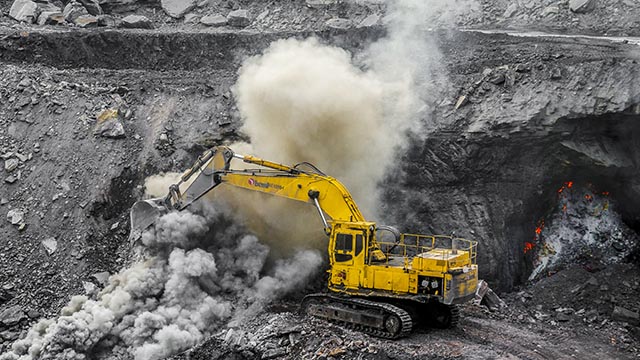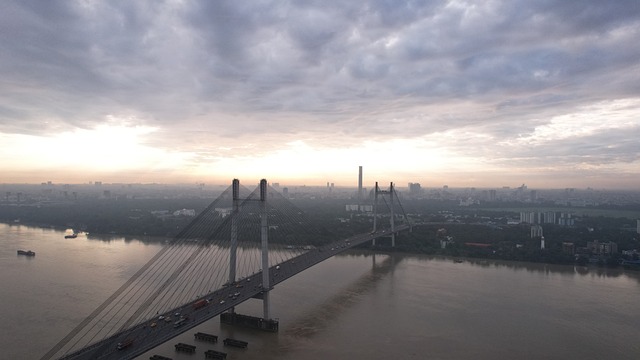The cabinet meeting chaired by West Bengal Chief Minister Mamata Bandopadhyay decided to allot around 30 acres of land to Eastern Coalfield Limited (ECL) for open-cast mining in Asansol, Paschim Bardhaman district. The decision was made on Monday, May 22nd.
It’s reported that the state government will allocate 30 acres of land to the ECL for the construction of the new pits and expansion of non-operational coal mines. The ECL, a subsidiary of the state-owned Coal India Limited (CIL), had sought land from the state government for open-cast mining in Asansol and its neighbourhood.
Asansol, including Raniganj, has been an epicentre of coal mining in India and has experienced extensive mining for over two centuries. While most of the mines are pit mines, the open-cast mining proposal from the ECL, which leads the mining operation in the region, has been discussed for some time.
West Bengal Law Minister Moloy Ghatak, the member of the Legislative Assembly (MLA) from Asansol Uttar constituency, said the land will be given to ECL to reopen six abandoned mines in Dalurbadh in Pandabeswar, Kenda in Jamuria, Raniganj, Damolia and Dalor.
Ghatak informed that around 130,000 people working in the coal mines of ECL. Due to the closure of the mines, many lost their jobs. Ghatak said that the decision of the state government to allow open-cast mining in Asansol will provide employment to many locals.
Most of the coal production in India comes from open-cast mining, contributing over 83% of the total production. Around 70% of the country’s coal reserves are amenable to underground mining, which delivers several advantages vis-a-vis open-cast mining.
Open-cast mines have adverse effects on the landscape, as it’s done by removing all vegetation and topsoil in the mining site. Open-cast mining affects the water quality and its availability in the region due to acid mine drainage –a process where iron sulfides react with water and air to form sulfuric acid and dissolved iron.
Earlier, the West Bengal government allocated land in the tribal belt of Birbhum district’s Deucha Pachami for open-cast mining, which drew the ire of the locals and environmental groups. There has been an ongoing movement against open-cast mining in the region and the government has been trying to bring the situation under control.
In the Asansol region, extensive coal mining has left several areas of the subdivision, including the crucial New Delhi-Howrah railway track and New Delhi-Kolkata National Highway 2, vulnerable to collapse due to landslides caused by the vacuum created underneath. It’s alleged that after mining is done in an underground mine, it’s not properly filled with sand by the contractors who are assigned the job by the ECL.
Open-cast mining is also considered a major threat to agriculture and causes larger displacement than underground mining, which creates social tensions. In the Asansol-Raniganj region, extensive coal mining, both underground and open-cast has also given rise to illegal coal scavenging, which is controlled by different mafia factions, causing severe law and order issues.
It’s to be seen how the West Bengal government’s decision to allow open-cast mining in Asansol will unfold in the future and how the government manages the plethora of challenges, especially to the environment, posed by such mining operations in the region.
Ritika passionately reports on current affairs, conflicts and politics. Ritika pursued BA in Mass Communication from St Xavier’s University, Kolkata. She loves watching films or reading when she isn't chasing the news.


